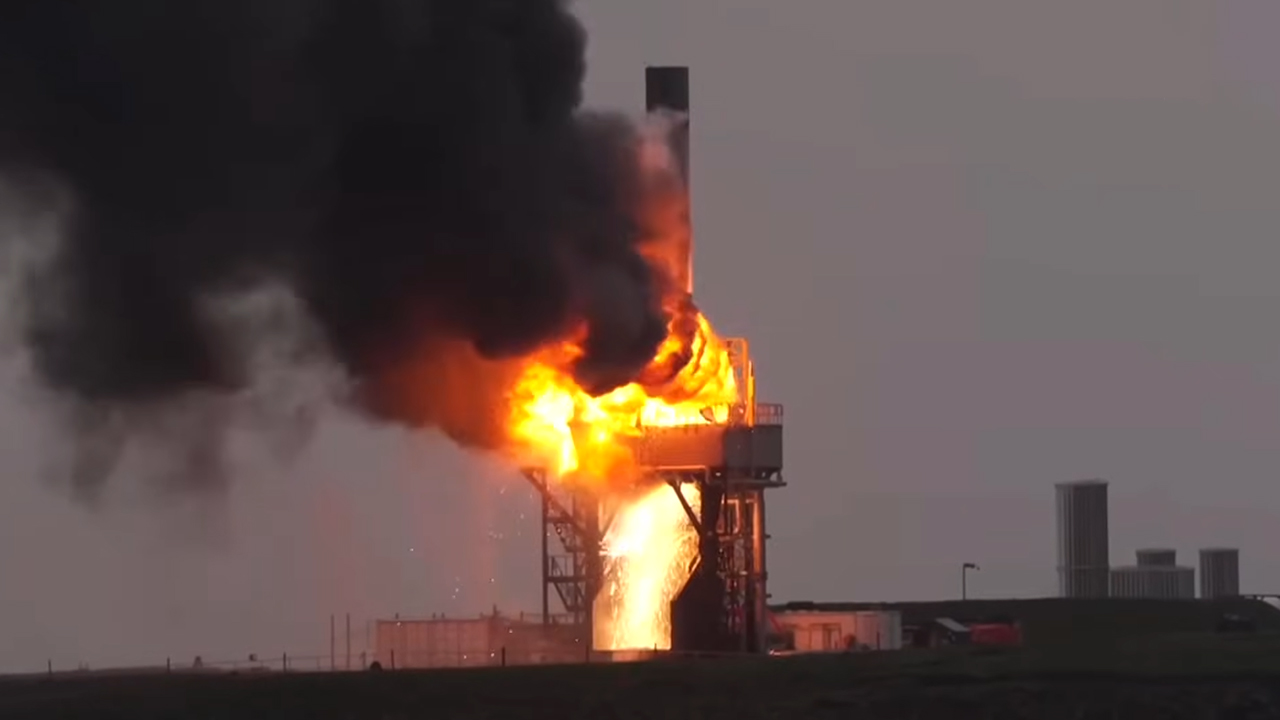A space rocket test at Britain’s new Shetland spaceport has ended in disaster. During the test by the German Rocket Factory Augsburg (RFA), an unexpected explosion occurred on one stage of the nine-engine rocket. The incident dealt a blow to the UK’s goal of launching the first vertical rocket into orbit. Fortunately, no one was injured during the explosion and the test site was safely evacuated.
What caused the space rocket test explosion in Shetland, UK?
During the test at the Shetland spaceport, large flames and dense clouds of smoke began to spread horizontally from the bottom of the rocket. Soon the entire structure was engulfed in flames. In fact, the first successful test of the spaceport took place just three months ago. In the first test, the RFA ran the rocket engines for eight seconds and the test was deemed a success. This time, however, the test was a serious setback for Britain’s space rocket venture.
All safety protocols were followed and the area was completely evacuated ahead of the test, the SaxaVord Spaceport said in a statement. Spaceport officials emphasized that such tests are conducted to identify potential problems before moving on to the next stages. Britain’s space rocket ambitions look set to continue despite such setbacks. RFA said it would understand the causes of the explosion and draw the necessary lessons for future tests.
The UK’s space rocket development is part of the country’s efforts to grow its space industry. The SaxaVord Spaceport aims to be Western Europe’s first fully licensed vertical launch capable spaceport. It plans to launch up to 30 rockets a year. The UK’s space industry is worth around £17.5 billion (£773,379,328,050) and provides 48,800 jobs.



 Shiftdelete.net
Shiftdelete.net










